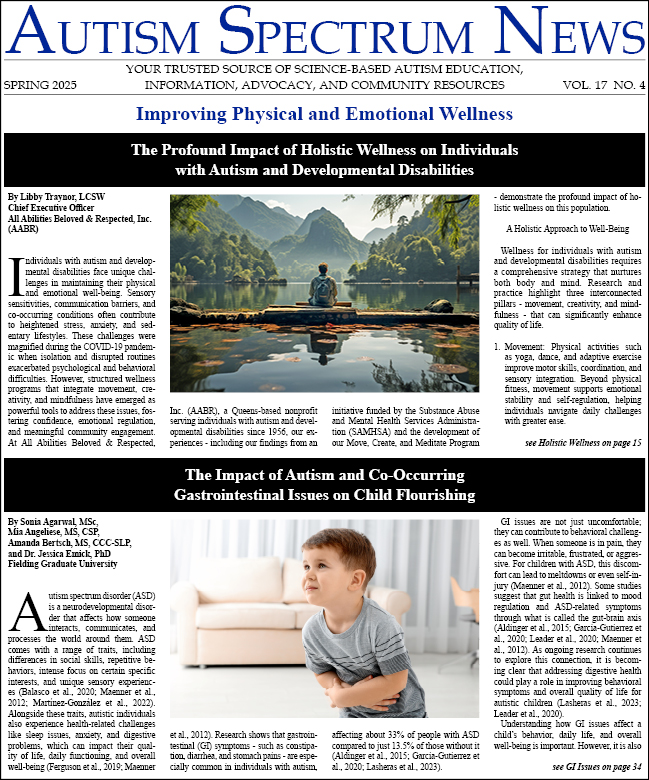-
7 Things Students with Disabilities Should Do When Starting College
Students with disabilities may have tremendous potential as well as exceptional needs. But to fulfill that potential in college, they need to be sufficiently prepared, because the transition from high school involves a huge increase in independence. Here are seven key strategies and mindsets that...
-
Advice for Parents with Children Entering Post-Secondary Education
The transition from high school to post-secondary education can be overwhelming. There are several different pathways to success for your loved one, including a specialized post-secondary experience for non-degree seeking students to provide them with a college campus experience, programs that...
-
Assessing Readiness for Transition to College and College Support Services
High school students with autism spectrum disorder (ASD), without intellectual or language impairment (ASD-WoILI), are attending college at rates higher than previously reported, but research indicates they may not be receiving the services they need (Kuder & Accardo, 2017). While federal and...
-
The Importance of Thinking Developmentally in Educational Approaches
Educational approaches for autistic students are often categorized as either developmental or behavioral. (Prizant & Wetherby, 2005). Behavioral approaches utilize practices based on applied behavior analysis (ABA), and are used to change behavior: that is, to increase desirable behavior and...
-
The Benefits of Postsecondary Transition Programs for Young Adults with Autism
Despite the Individuals with Disabilities Education Act (IDEA) ensuring every learner with a disability a free and appropriate public education (FAPE) and The No Child Left Behind Act holding schools accountable for their students' academic achievement based on how they learn (The National Center...
-
A Constructive Approach to Conflict for Better Educational Outcomes
Whether you are a parent, guardian, or educator, you have likely faced some sort of conflict involving a student. Conflicts took many shapes and sizes during my son’s special education school experience, and now as he attends college. Sometimes conflicts are with the people involved, other times...
-
Supporting the College-Bound Autistic Student: A Need for Better Transition Planning
For autistic individuals, success in college lies in an effective transition plan that acknowledges and addresses the increased challenges they will face as college students. According to a national study, 34% of autistic students who qualified for a post-secondary education program attended such a...
-
Finding the Right College for Students with Autism Spectrum Disorders
According to the Centers for Disease Control and Prevention, one in 44 children in the United States is diagnosed with Autism Spectrum Disorders (ASD) by age 8 (Maenner, Shaw, Bakian, et. al.), but as these students progress through their academic career, it is known that they are less likely to go...
-
Ten Lessons in Transitioning from High School to College for Students with Autism and Learning Differences
Going to college after high school, particularly for neuroatypical learners, can be like trying to get from one mountain top to another without a bridge or tools of any kind. Lesson number one is just knowing that: Be prepared for a massive gap between one set of teaching, learning, and support...
-
Generalization and Extension of the Skill-Based Treatment in a School Setting
SEARCH Day Program is a private, non-profit school in Ocean Township, New Jersey. Approximately 80 students, ages 3-21, are currently enrolled in the program. The school embraces research-based teaching strategies that are derived from applied behavior analysis while taking a multi-discipline...




